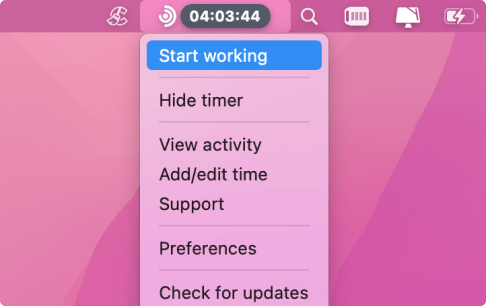The terms duties and responsibilities are often used interchangeably in job descriptions, though they represent different concepts. In this article, we’ll clarify what these terms mean, highlight their differences and subtleties, and guide you on how to describe them accurately in a job description.

What Are Duties and Responsibilities?
Duties and responsibilities are terms that define what’s expected from an employee in a job. Duties are the specific tasks and activities an employee needs to perform as part of a job role. Responsibilities are the broader commitments you have to manage and be accountable for at work.
What Are Duties?
Duties are the specific tasks assigned to an employee. These are the clear-cut, regular tasks that need to be completed. Duties are often quantifiable and can be outlined as step-by-step processes. For example, an administrative assistant’s duties might include filing documents, scheduling meetings, and responding to emails.
Job Duties Examples
Here are the detailed examples of job duties for three different positions:
1. Customer service representative:
- Respond to customer inquiries via phone, email, or live chat.
- Provide information about products or services.
- Handle and resolve customer complaints or issues.
- Process orders, forms, applications, and requests.
- Maintain records of customer interactions, transactions, comments, and complaints.
2. IT support specialist:
- Install, configure, and update hardware and software for end-users.
- Troubleshoot software and hardware failures and resolve network issues.
- Provide technical support to users in person or via remote-access systems.
- Maintain the daily performance of computer systems.
- Respond to IT tickets for various tech issues, logging conversations and problems in the IT support database.
3. Human resources manager:
- Recruit, interview, and hire qualified job applicants for open positions.
- Conduct employee onboarding and organize training and development initiatives.
- Oversee employee benefits programs and ensure compliance with federal, state, and local employment laws and regulations.
- Manage employee records and documentation.
- Address employee concerns and conflicts, providing mediation when necessary.
What Are Responsibilities?
Responsibilities have a broader scope and cover areas where an employee is accountable. They imply a level of trust and the expectation that the employee will manage certain aspects of their job with discretion. Responsibilities usually require higher decision-making and oversight. For example, a project manager’s responsibilities might include overseeing a project’s scope, managing the budget, and ensuring deadlines are met. You will find examples of job responsibilities and roles in the related article.
Use employee productivity tracker Traqq to monitor and analyze specific tasks (duties) and broader commitments (responsibilities) of your team members.

This helps ensure that all aspects of their roles are being met effectively, improving accountability and performance management.

What’s the Difference between a Duty and a Responsibility?
The key difference between a duty and a responsibility is the scope of what each entails. Duties are specific tasks or functions that an employee must complete. Responsibilities, on the other hand, are broader and involve a higher level of accountability and judgment. Think of duties as the building blocks that make up responsibilities. For example, a single responsibility may encompass several related duties.
- Job Descriptions
- Nov 14, 2024

